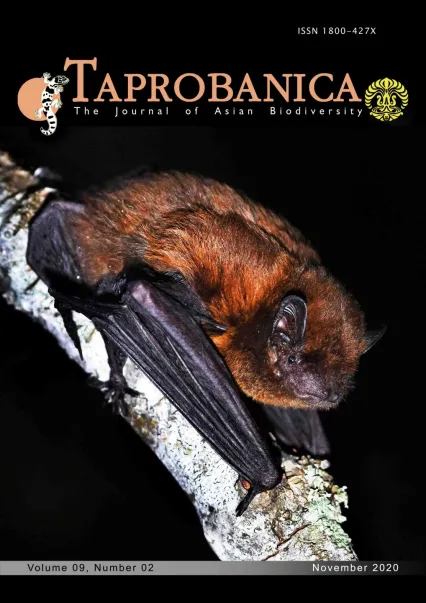

v9i2.233
Volume 9 | Number 2 | November 2020
Major Article
ISSN: 1800-427X (printed)
eISSN: 1800-427X (online)
DOI:10.47605/tapro.v9i2.233
Submitted date: 8 July 2020
Accepted date: 16 November 2020
Published date: 28 November 2020
Pp. 210–216.
AN OVERVIEW OF THE HUMAN–ELEPHANT CONFLICT IN TISSAMAHARAMAYA, HAMBANTOTA DISTRICT, SRI LANKA
M.C.A. Galappaththi, T.S.P. Fernando & U.K.G.K. Padmalal
*Corresponding author. E-mail: mcagalappaththi@gmail.com
Abstract
Human–elephant conflict (HEC) is a major problem to Tissmaharama Divisional Secretariat (TDS) in Hambantota District, Sri Lanka. The current study was designed to identify and describe the patterns of HEC in TDS so that methods could be developed to minimise human and elephant deaths due to HEC. The data were collected through questionnaire surveys and internal data of the Department of Wildlife Conservation and the Meteorological Department of Sri Lanka. The results suggest that elephants feed on all cereals, fruits and vegetables available except citrus, pomegranate, sesame and bitter gourd. The majority of conflicts were caused by elephant groups of less than four individuals (94.3%). Elephant raids occurred mainly during the night and especially escalate towards January and September. There were no correlations between rainfall and crop damage. Both human and elephant males were more likely to die from HEC than human and elephant females.
Key words : crop and property damage, human–elephant deaths, rain fall, wildlife management
Section Editor: Lee Harding
eISSN: 1800-427X (online)
DOI:10.47605/tapro.v9i2.233
Submitted date: 8 July 2020
Accepted date: 16 November 2020
Published date: 28 November 2020
Pp. 210–216.
AN OVERVIEW OF THE HUMAN–ELEPHANT CONFLICT IN TISSAMAHARAMAYA, HAMBANTOTA DISTRICT, SRI LANKA
M.C.A. Galappaththi, T.S.P. Fernando & U.K.G.K. Padmalal
*Corresponding author. E-mail: mcagalappaththi@gmail.com
Abstract
Human–elephant conflict (HEC) is a major problem to Tissmaharama Divisional Secretariat (TDS) in Hambantota District, Sri Lanka. The current study was designed to identify and describe the patterns of HEC in TDS so that methods could be developed to minimise human and elephant deaths due to HEC. The data were collected through questionnaire surveys and internal data of the Department of Wildlife Conservation and the Meteorological Department of Sri Lanka. The results suggest that elephants feed on all cereals, fruits and vegetables available except citrus, pomegranate, sesame and bitter gourd. The majority of conflicts were caused by elephant groups of less than four individuals (94.3%). Elephant raids occurred mainly during the night and especially escalate towards January and September. There were no correlations between rainfall and crop damage. Both human and elephant males were more likely to die from HEC than human and elephant females.
Key words : crop and property damage, human–elephant deaths, rain fall, wildlife management
Section Editor: Lee Harding
- List of Articles & Contents





